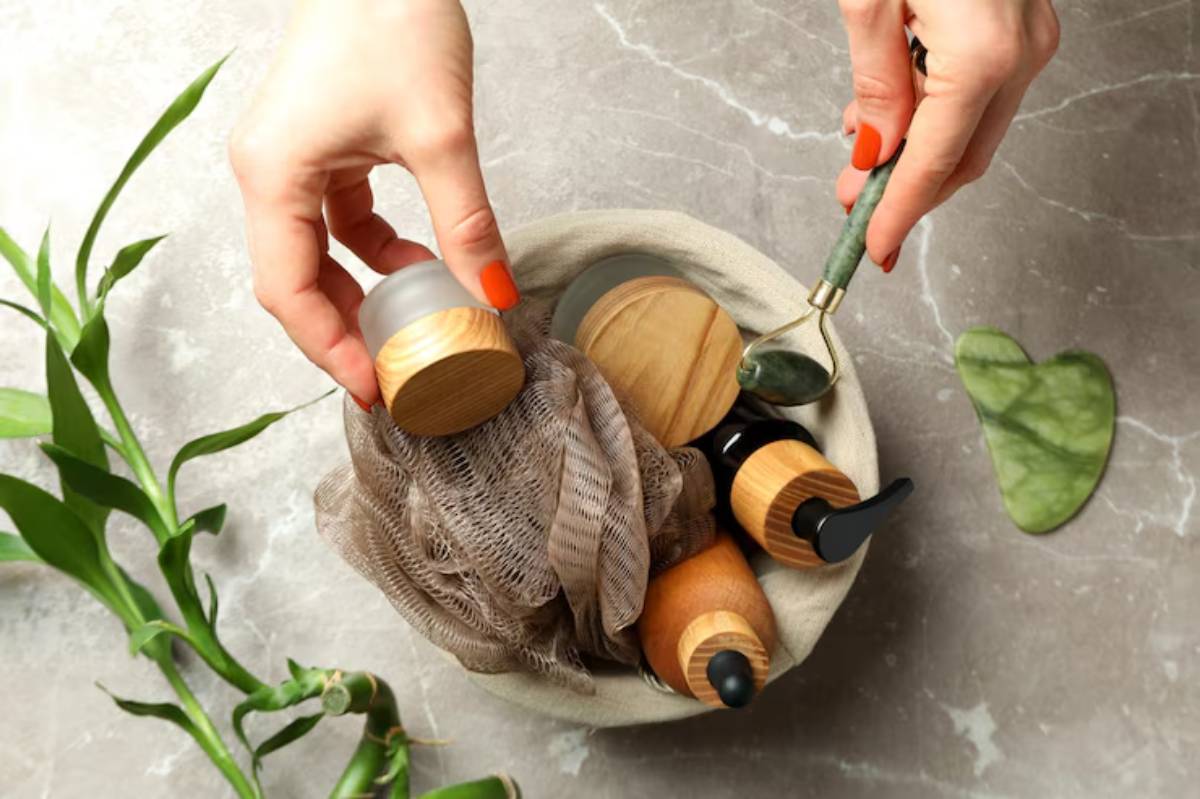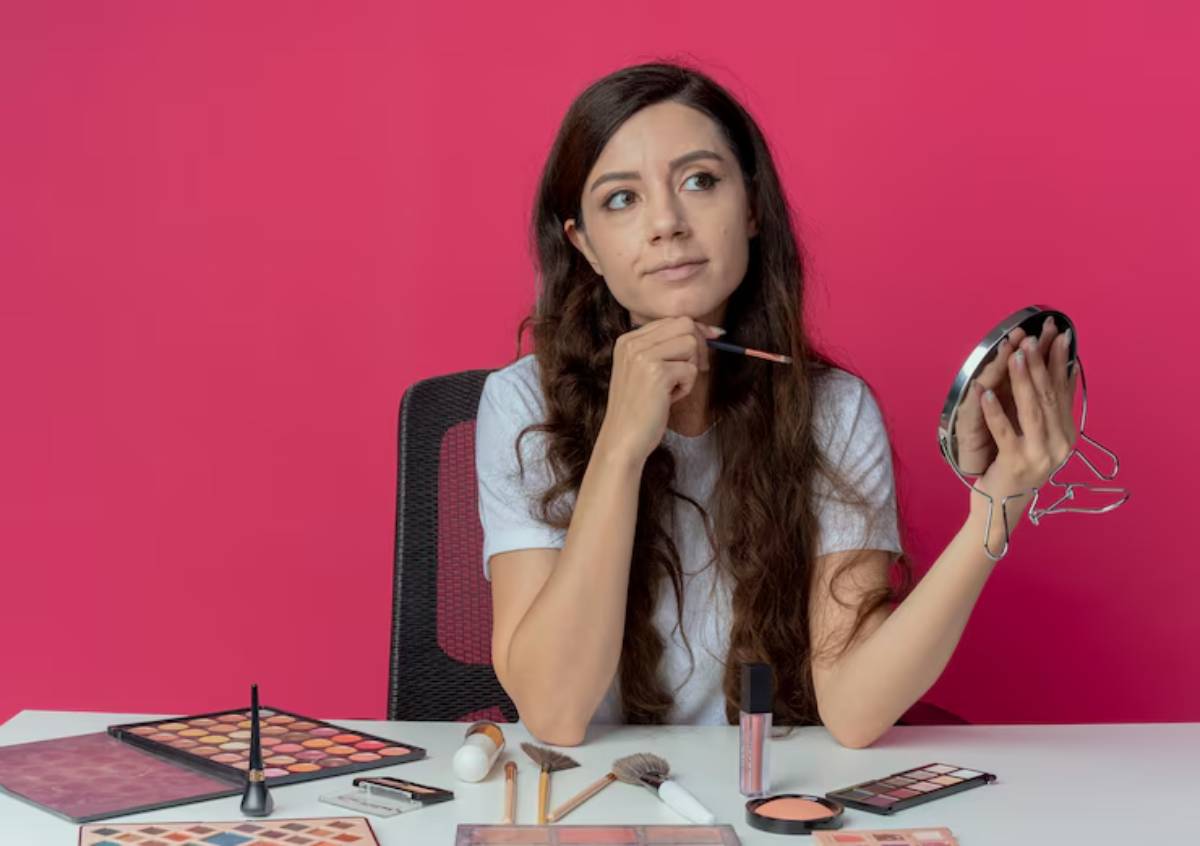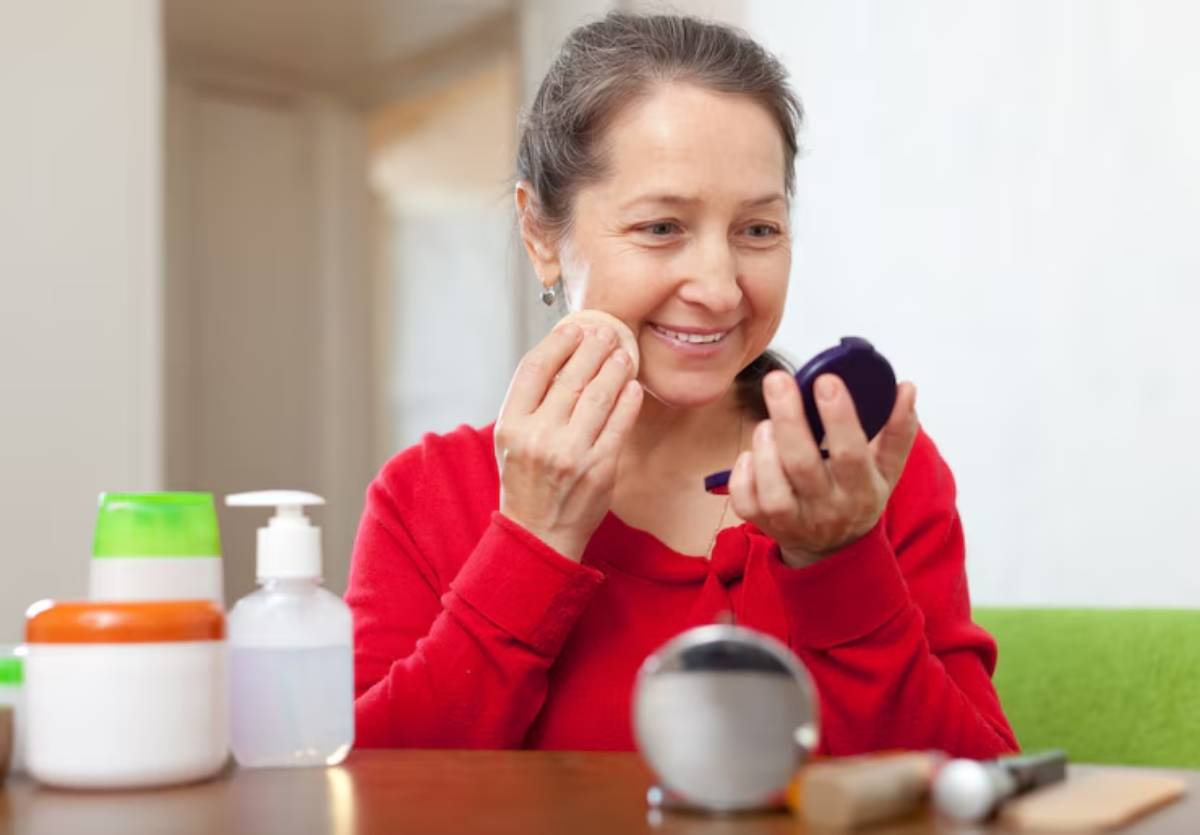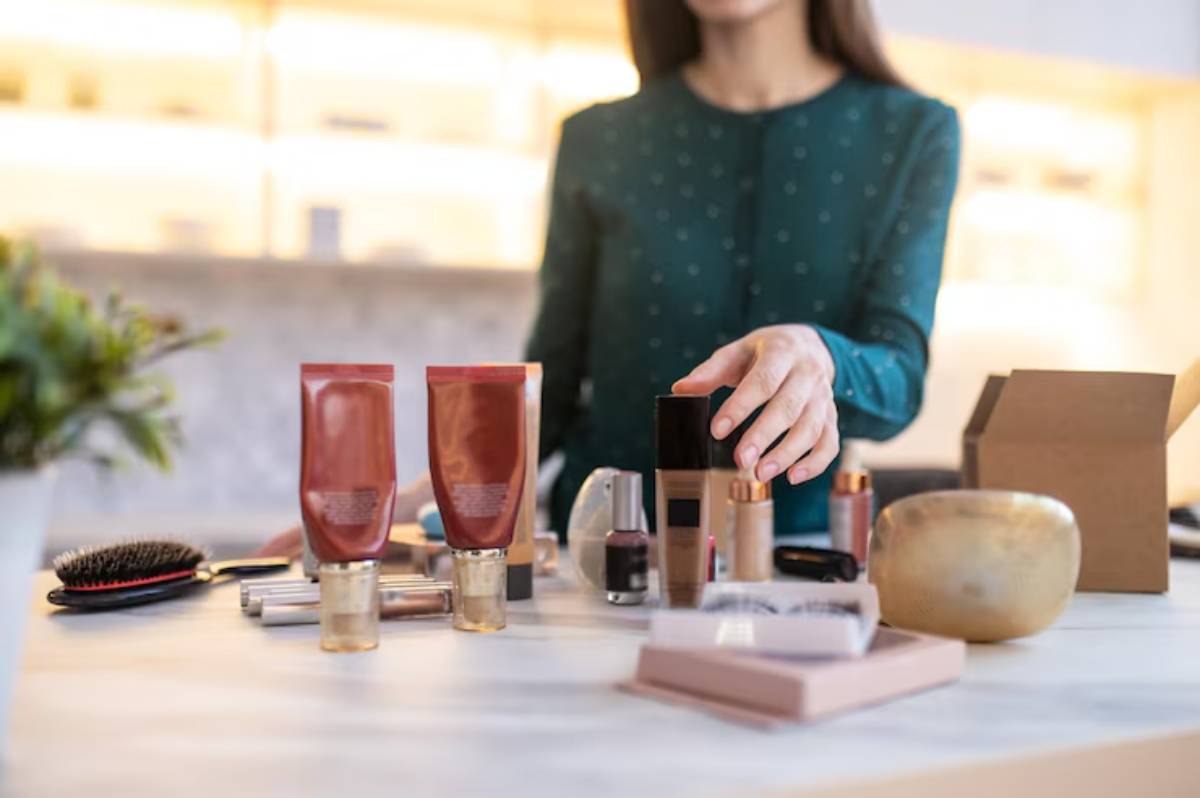
The Pros and Cons of Buying Pre-Loved Beauty Items
The beauty world is fast-paced, trend-driven, and — let’s be honest — expensive. With every product launch and limited-edition drop, it’s easy to feel like glowing skin and a flawless base are locked behind a paywall. That’s why more savvy shoppers are turning to the world of pre-loved beauty.
Whether it’s a high-end eyeshadow palette from a resale site or a hair tool spotted at a charity shop, buying secondhand beauty items can be a fantastic way to save money and reduce waste. But it’s not without its downsides. If you’re not careful, a bargain can quickly turn into a breakout.
This guide will walk you through the real pros and cons of secondhand beauty shopping, offering practical tips to help you navigate the world of budget beauty buying safely and confidently. Whether you’re a seasoned thrifter or just starting to explore this route, here’s everything you need to know to make informed, skin-safe choices.
Why More People Are Buying Beauty Secondhand
Let’s start with why secondhand beauty has become so popular.
- Affordability: High-end products for a fraction of the price
- Sustainability: Reducing waste and keeping unused items out of landfills
- Accessibility: Discontinued favourites or limited editions are often resold
- Minimalism: Some buyers realise they’ve over-purchased and resell unused stock
In a time where budgets are tight and climate consciousness is growing, pre-loved beauty fits both financially and ethically into many consumers’ lives.
The Pros of Buying Pre-Loved Beauty Items
1. You Save Money — Sometimes a Lot
This is the number one draw. A palette that retails for £45 might be listed on a secondhand app for £10–£15, especially if it’s only been swatched or lightly used.
Examples of real savings:
- £120 Dyson Airwrap bought for £55 on Vinted (lightly used, cleaned)
- Charlotte Tilbury lipsticks for £8 instead of £27 (unused, sealed)
- Full EcoTools brush set for £3 at a boot sale
2. It’s Environmentally Friendly
Beauty waste is a real problem. Packaging, half-used products, and expired creams pile up in landfills.
By choosing secondhand:
- You extend a product’s life cycle
- Reduce unnecessary manufacturing demand
- Lower your personal beauty footprint
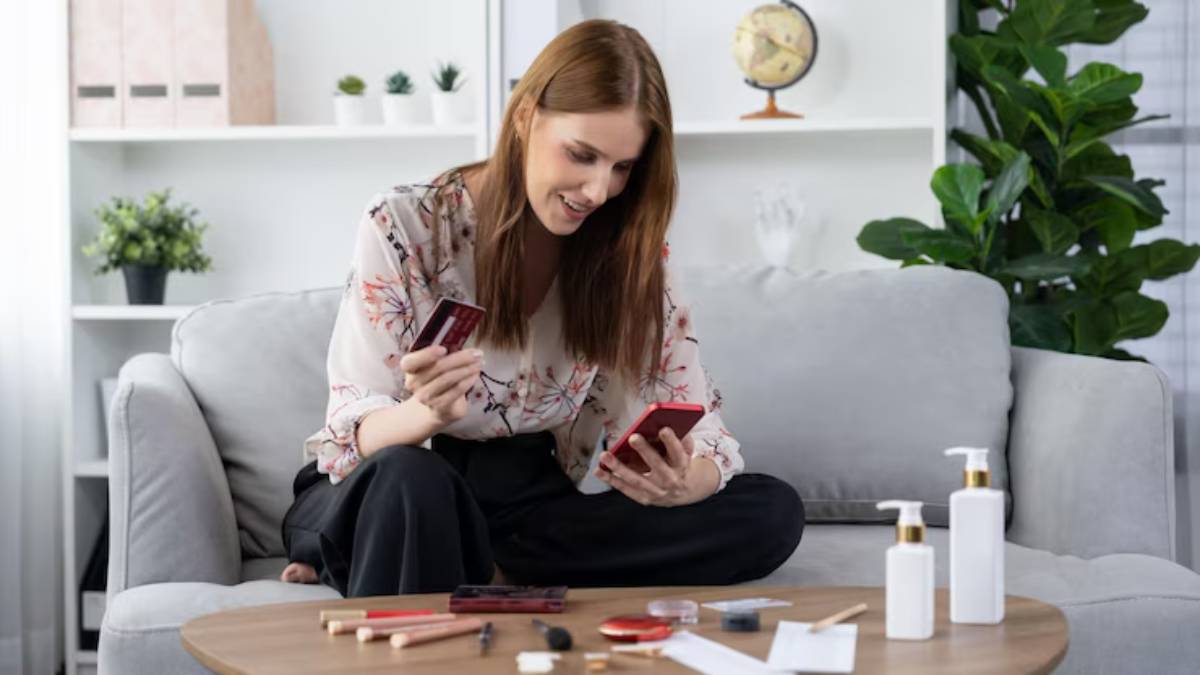
3. You Can Find Discontinued Products
Is your favourite blush shade discontinued? Or a cult product you missed? Resale markets often list:
- Discontinued MAC and NARS items
- Collector’s edition compacts and palettes
- Old Lush or Bath & Body Works collections
4. Ideal for Testing Before Committing
Trying a nearly-new product can help you decide if the full-size or newer version is worth it. Especially helpful with:
- Fragrances
- Hair styling tools
- Foundations (as long as they’re sealed or unused)
5. Perfect for Beginners: Building a Kit
If you’re just getting started with makeup or skincare:
- Pre-loved tools let you experiment without overspending
- You can slowly upgrade to new items over time
- You avoid the pressure to buy everything new at once
Want to know which items are worth hunting secondhand? Read Best Beauty Items to Score at Thrift Shops for our expert-approved list.
The Cons of Buying Pre-Loved Beauty Items
1. Hygiene Risks Are Real
Let’s not sugarcoat it — beauty products can carry bacteria, especially if they’ve been opened, used, or poorly stored.
Risks include:
- Skin irritation and rashes
- Eye infections from mascara or eyeliner
- Breakouts from dirty brushes or expired foundation
If you buy pre-loved beauty, proper sanitisation is essential. Learn how to do it right with How to Sanitise Secondhand Beauty Tools.
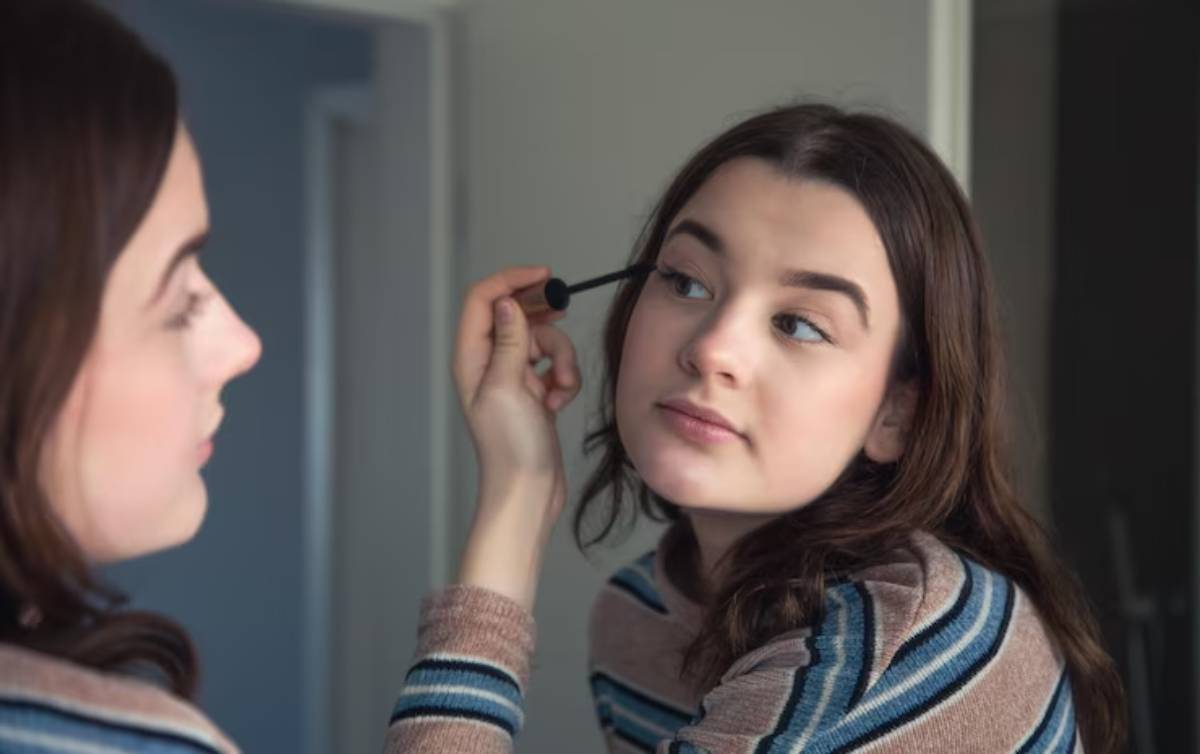
2. Some Products Should Never Be Reused
There are beauty items that just don’t play well with secondhand use. These include:
- Mascara and liquid eyeliner (risk of eye infections)
- Cream jars or potted gloss (can’t be properly disinfected)
- Opened lipsticks or balms
- Beauty sponges (if not sealed)
Golden rule: If it touches mucous membranes or is hard to clean, skip it.
3. Expiry Dates May Be Hard to Check
Even unopened makeup has a shelf life. With secondhand beauty, you often don’t know:
- When it was first opened
- How was it stored
- If it’s already expired
You’ll need to be comfortable checking PAO symbols, batch codes, and looking for tell-tale signs of expired product.
4. No Return Policies
Buying secondhand usually means all sales are final. If you discover a smell, odd texture, or bad reaction later, you’re stuck with it.
Some online resale platforms offer buyer protection, but not all. Always:
- Ask for clear photos
- Request batch codes or packaging dates
- Clarify condition (new, swatched, used)
5. It Can Become a Slippery Slope
Just because something is cheap doesn’t mean you need it. Secondhand shopping can sometimes:
- Lead to clutter
- Encourage hoarding
- Deters you from mindful consumption
The goal is to save money and reduce waste — not replace overspending on new products with overspending on used ones.
Shop Secondhand Beauty the Smart Way
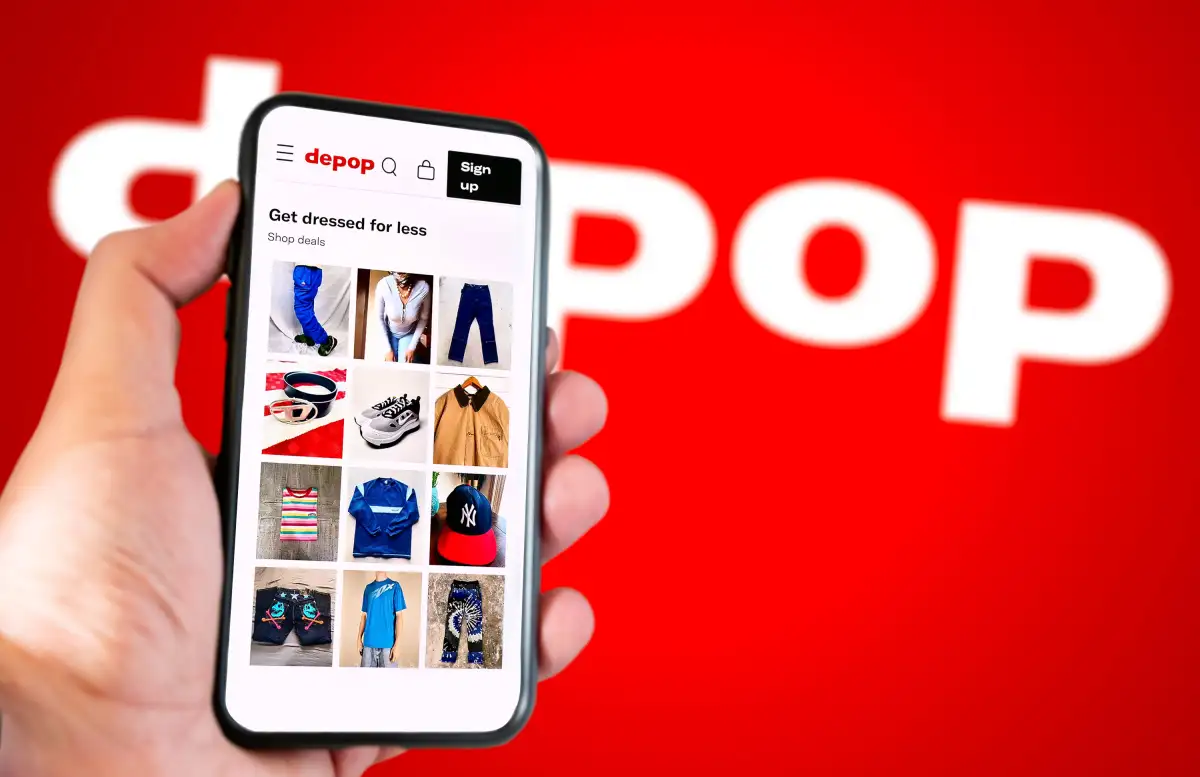
Choose the Right Platforms
- Apps: Vinted, Depop, eBay (check seller ratings)
- Local: Charity shops, car boot sales, community markets
- Facebook Marketplace: Great for bulk or job lots — always inspect in person
Inspect Before You Buy
- Look for seals, box damage, and visible use
- Ask questions about the purchase date and storage
- Trust your gut: If it smells off, skip it
Know the Sanitising Basics
- Wipe down the packaging with alcohol
- Scrape off the top layers of powder products
- Sharpen pencils before use
- Use disposable applicators when needed
What’s Worth Buying Pre-Loved — and What’s Not?
Yes, buy secondhand:
- Makeup brushes (if cleanable)
- Palettes (lightly swatched or sanitised)
- Lipsticks (sealed or barely used, with top layer removed)
- Hair tools (clean and functional)
- Beauty storage (organisers, mirrors)
Avoid:
- Mascara
- Liquid liners
- Cream jars
- Used gloss or balm
- Any open product without a way to clean it
Final Thoughts: A Smarter, Safer Way to Shop
The secondhand beauty world is full of opportunities, but also requires thoughtfulness. If you’re smart about what you buy, how you clean it, and when to say no, you can build an impressive collection without going over budget.
With the tips in this guide, you’ll be ready to navigate the world of affordable beauty shopping confidently. Buy wisely, clean thoroughly, and enjoy the thrill of finding beauty bargains others might have overlooked.
